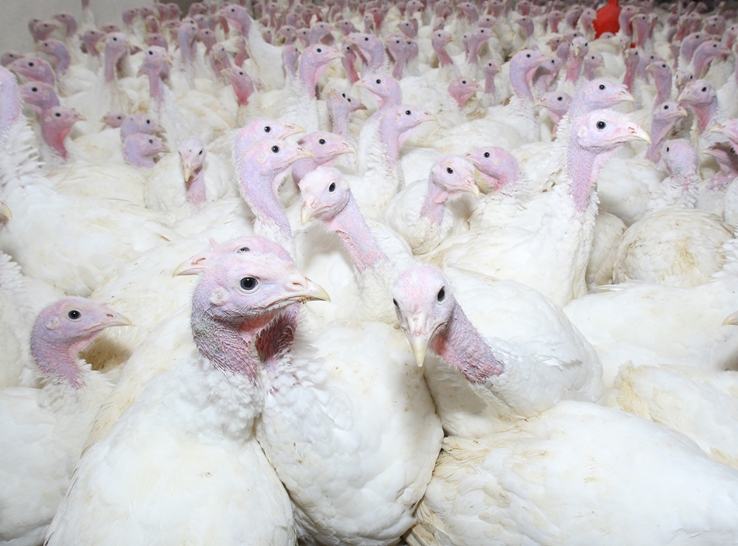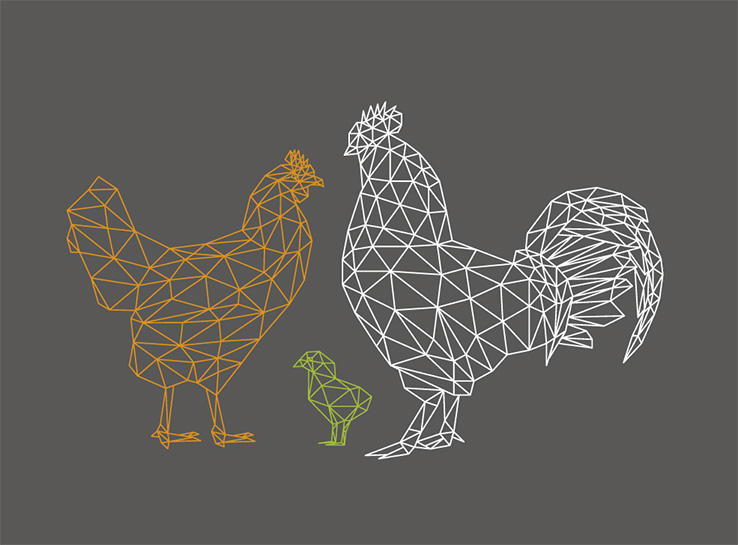Ancera has released two new microbial-detection tools designed to identify and enumerate Clostridium perfringens and total viable bacteria (TVB) in poultry.
The company says the new assays address critical challenges within the poultry industry, spanning both live operations and processing.
“PIPER is the only platform that combines molecular and classical microbiology capabilities with an operationally relevant time-to-result,” says Arjun Ganesan, CEO of Ancera.
“The Clostridium and TVB assays will double the number of novel assays on the PIPER platform.”
Tracking NE
Ancera’s Clostridium assay specifically enumerates and monitors Clostridium perfringens, the causative agent of necrotic enteritis (NE) in poultry, providing the industry “a valuable new tool to manage NE risk.”
According to the company, the assay will “help integrators determine and track Clostridium load in their system, providing additional visibility of impact on key production metrics and overall animal health.”
Ancera’s pen trials, conducted with Ozark Avian Research LLC, Gravette, Arkansas, have demonstrated strong correlation between the number of C. perfringens cells shed in feces with lesion scores, as well as body weight gain in the birds.
The monitoring technique also has implications for assessing intervention effectiveness in certain animal welfare programs. When combined with Ancera’s Coccidia System Monitoring (CSM) product and advanced analytical capabilities, the combination of tracking coccidia oocysts and Clostridium load in near real-time provides comprehensive insight into the effects of gut health on production, the company says.
According to Ancera, the effect of Clostridium on the poultry industry, even when the birds may not show clinical symptoms, can be significant, leading to inefficient feed utilization, reduced weight gain, decline in feed conversion ratio and increased number of condemnations at processing.
If left uncontrolled, the clinical disease can cause “mass fatalities, resulting in economic and welfare risks,” the company says.
Clostridium contributes to a $6 billion revenue loss for the global poultry industry, according to a 2015 estimate published in The National Library of Medicine, Ancera’s new Clostridium assay provides a reliable and rapid detection method for Clostridium bacteria across flocks, so integrators can make timely, impactful decisions, the company says.
TVB assay
Ancera has also introduced a Total Viable Bacteria assay. The company says it is the first true non-enrichment, microbial quantitation assay focused on same-shift process improvement and quality control at the plant.
“This tool provides quantifiable microbial information enabling integrators to understand whether their processes are working to reduce microbial load,” Ancera says.
“Once fully commercialized, the technology will produce results within a single working shift, unlocking real-time trend analysis and decision-making for improved compliance and sanitation. This represents a significant decrease from traditional 48- to 72-hour turnaround times, decreasing the risk of compliance and recall risk.”
The two new assays join Ancera’s industry-leading portfolio of diagnostic tools, which feature in Ancera’s monitoring products, Salmonella System Monitoring and coccidia monitoring. The new assays will be made available in 2024 to a limited set of trial customers to generate user feedback and accelerate a fully commercialized software product.
“Ancera is on the frontlines of innovation in food supply chain safety, and each new product launch represents a milestone in ensuring the food security of the United States,” says Troy Hatlevig, Ancera’s newly appointed vice president of product.
“Poultry is a complex living, breathing supply chain. We will need to listen to scientists, engineers, and customers to meet the needs of the industry as they strive to enhance food productivity and consumer safety.”








